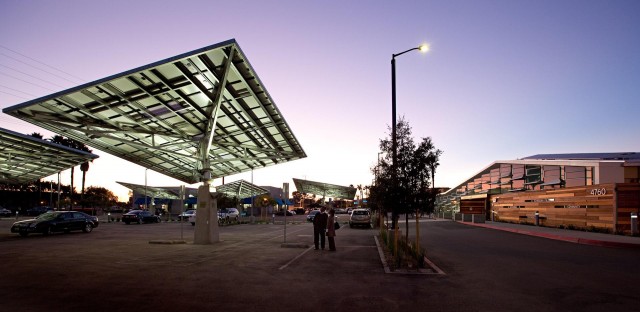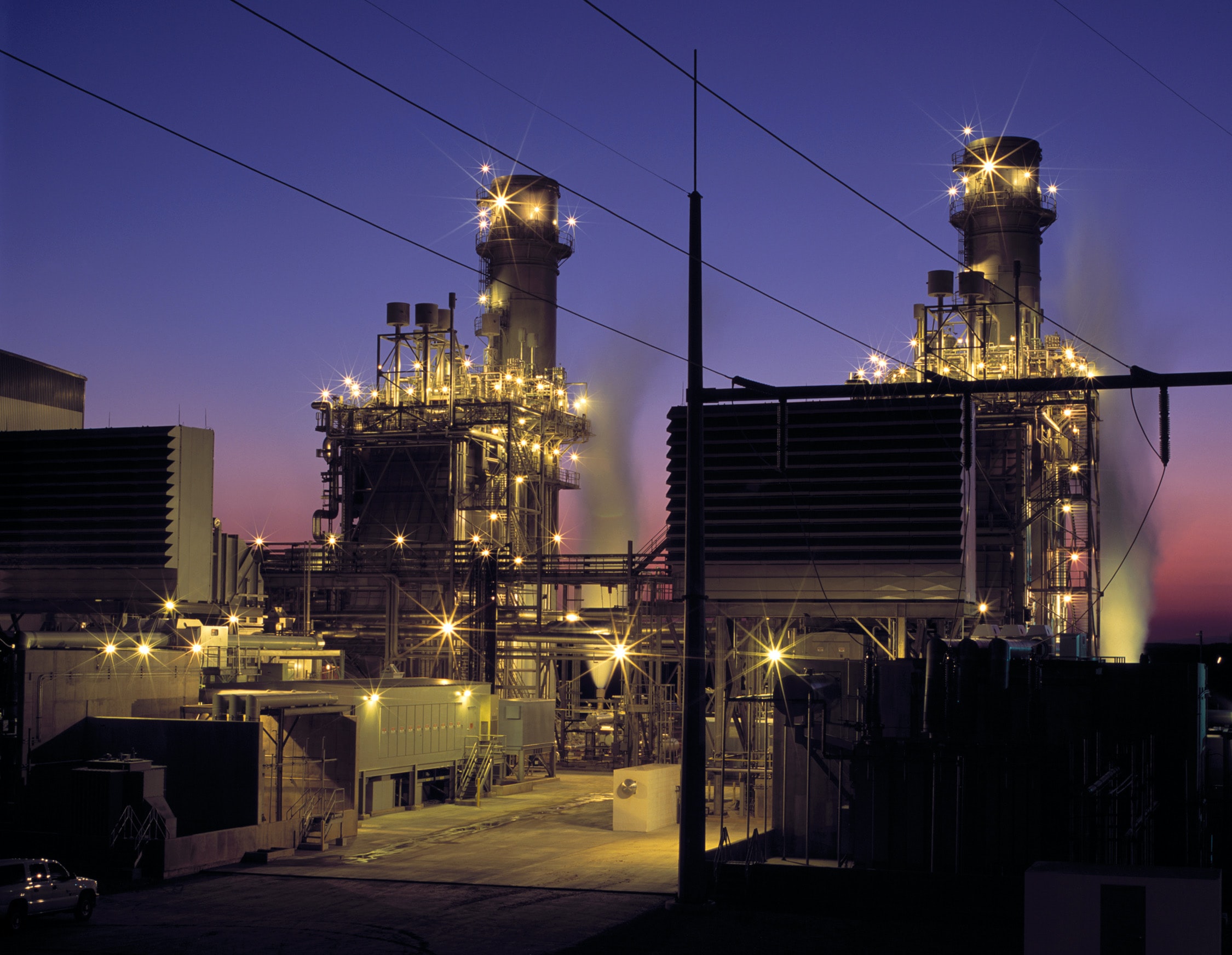
Following through on its commitment and legal obligation to help meet California’s clean energy and climate change mitigation goals, San Diego Gas & Electric (SDG&E) is seeking out proposals to add as much as 140 MW of ¨preferred energy resources¨ to its grid. These may include energy storage, renewable energy, distributed generation, energy efficiency and demand response (DR) systems, the investor-owned Sempra Energy utility announced in a March 8 press release.
Precedent setting state policy initiatives and programs, including the U.S.’ first energy storage mandate and a recent upward revision requiring that 50% of grid power should come from renewable resources by 2020, are keystones that have helped make California a world leader in development and deployment of emissions-free distributed power and energy technology. They’ve also set an institutional foundation for clean energy microgrid growth, spawning innovative companies like CleanSpark.
California’s Utility Renewable Energy Leader

SDG&E leads California’s major investor-owned utilities when it comes to grid-connected renewable power. The utility was the first of the three to meet one-third of its 3.5 million customers’ electricity needs from renewable resources, having reached that milestone in 2015.
SDG&E’s latest competitive solicitation for preferred clean energy resources will add to the utility’s drive to reduce greenhouse gas emissions and other negative environmental impacts of its operations as economically as possible. The Sempra Energy subsidiary has signed more than 60 renewable energy contracts with a collective power capacity of more than 2,400 MW – enough to meet the needs of more than 700,000 San Diego homes for a year, management highlights.
Building on the state’s fast growing solar and wind power generation capacity, California’s energy storage mandate has spurred investment, innovation and deployments of keystone microgrid technology. The University of California, San Diego, for instance, has emerged as a worldwide leader and center for advanced clean energy microgrid R&D and deployment.
Just North on Highway 5, the Camp Pendleton Microgrid demonstrates the military’s move towards renewable energy and cyber-secure microgrids. The ‘fractal grid’ at Pendleton is a decentralized, highly secure model for distributed generation.
In addition, SDG&E is demonstrating how a solar-storage microgrid can increases reliability on the Borrego Springs Microgrid. The community suffered from frequent power outages, with only one main transmission line connecting it to the bulk power system. Introducing solar and energy storage took the stress off that line and allows the community to meet much of their energy needs.
“We’re not only committed to reducing air emissions and meeting California’s climate goals, we’re leading the way,” Chief Energy Supply Officer Scott Drury touted in the press release.
“Through renewable energy investments, we’ve helped to advance clean energy technologies resulting in emissions reductions that are comparable to taking more than 250,000 gasoline-powered cars off local roadways. Our future focus is to balance our clean energy goals with providing more choices and affordable energy to our customers.”
Ensuring customers receive the greatest benefit at the lowest possible cost is the primary guideline SDG&E is taking in evaluating proposals for its latest preferred energy resource solicitation, management explains.
Project proposals are due by July 1, and the utility expects to publish a short list of remaining candidates by October 28.





